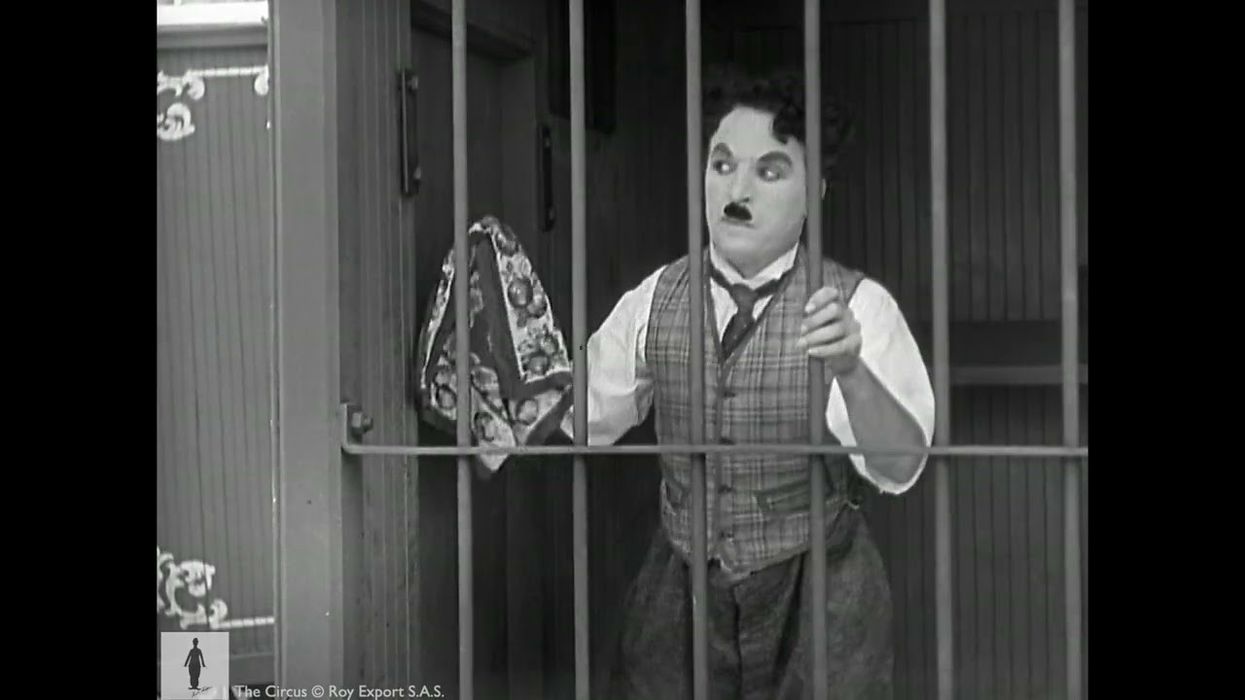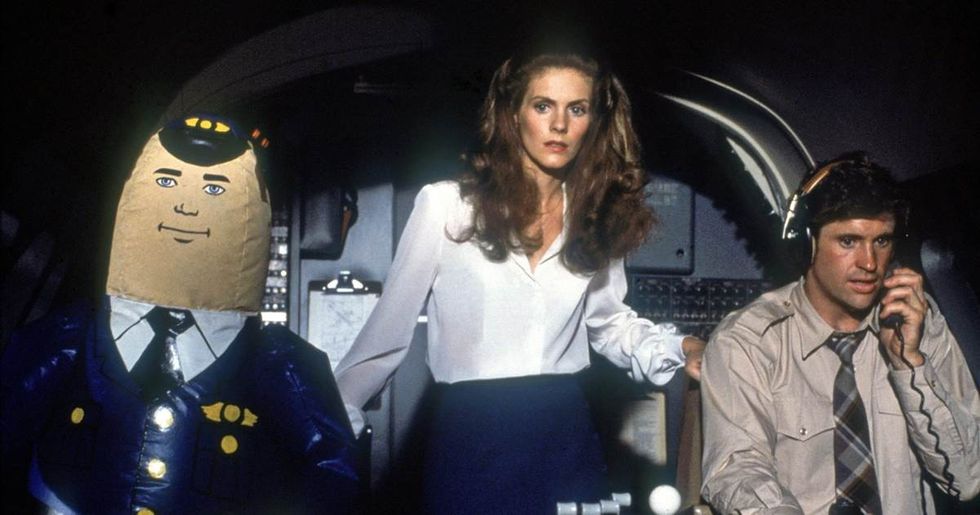5 Common Screenwriting Mistakes
Keep an eye on these common goofs that can derail your story.

The Circus
No matter how many spec scripts I write, I still feel like the first draft is filled with mistakes that I have to polish.
So I went ahead and assembled the five most common mistakes I make, and put them here for you to try to avoid.
Let's examine each to make sure you're not plagued by them right away and, thus, have a better shot at turning out a great first draft.
1. Overly Descriptive Action Lines

Trumbo
Searchlight
A screenplay is not a novel—I have to remind myself of that time and time again. Flowery language and excessive internal character monologues bog down your pacing.
Focus on the essentials of action and dialogue designed to be visualized on screen.
- Do enough to paint a picture that creates an image in the mind.
- Avoid laboring the reader with details that don't suck them into the story.
2. Not Enough Conflict in Scenes

Avengers
Disney
Every great story has conflict. It's what drives action and character change. However, weak conflicts, or ones that seem to have no reasoning can make a script flatline and become boring.
- Establish conflict early: Introduce the problem by the end of your first act, keeping the audience hooked.
- Heighten the stakes: As the story progresses, the consequences of the conflict should become more dire, forcing your character to grow or face defeat.
3. Missing Key Cinematic Visuals

Tree of Life
Searchlight
Film and television are ultimately about what we see and hear. A great screenplay focuses on what can be portrayed on the screen and avoids elements that rely solely on internal thought.
- Actions over thoughts: Instead of "Jenny thought about how much she hated flying," try "Jenny stares out the airplane window, gripping the armrests so hard the plastic cracks."
- Sound as a tool: Dialogue is vital, but don't forget about the atmosphere you can create with sound—a ticking clock, a dog barking in the distance, etc. Include hints of this in your script.
4. Predictable Plotlines

Airplane!
Fox
The audience can sniff out a cliché or a trope a mile away. These aren't always bad in themselves, but try to use them cleverly:
- Subvert Expectations: Set up a familiar trope, and then deliver a surprising twist that challenges the audience's expectations.
- Find a New Angle: If you must use a well-worn plot device (the chosen one, the revenge quest), find an original spin on it to set your story apart.
- Be Genuine: Don't force twists for the sake of being different. They should emerge organically from your characters and their world.
5. Keeping Pace

Rocky
MGM
A well-paced script has a compelling rhythm that keeps things moving. Common pacing mistkes include:
- The Slow Start: If your opening ten pages drag, the reader won't stick around. Hook them early with action, conflict, or a captivating character moment.
- The Sagging Middle: Tension should build throughout. If act two feels like a slog, cut unnecessary scenes or raise the stakes for your characters.
- The Rushed Ending: Don't shortchange your climax and resolution. It should feel earned and satisfying, not just a quick wrap-up.
Every great screenwriter started somewhere. By tackling these common challenges head-on, you're already on your way to crafting a story that will move and entertain audiences.
Let me know what you think in the comments.
- How to Avoid These Mistakes on Your First Short Film ›
- 15 Common Mistakes Amateur Filmmakers Make (& How to Fix Them) ›
- How to Avoid Some of the Most Common Mistakes in Composition ›











